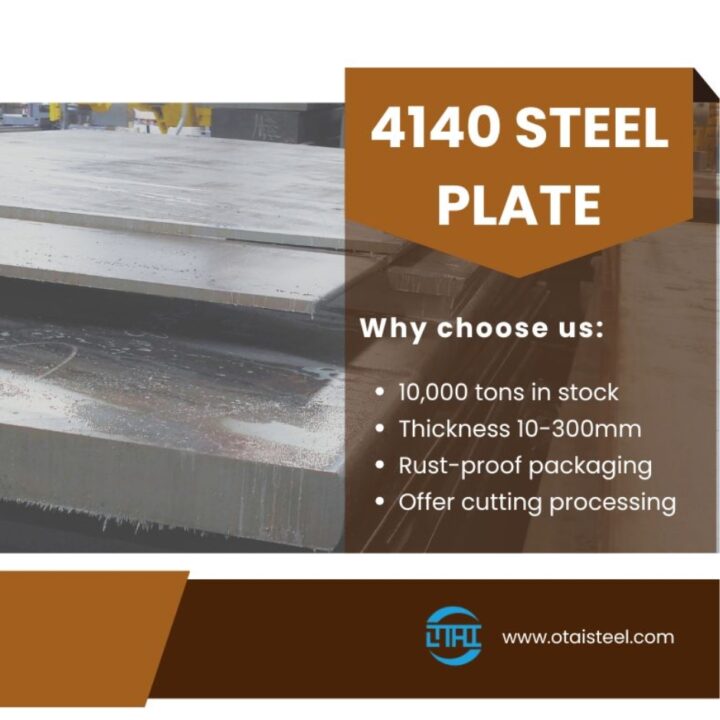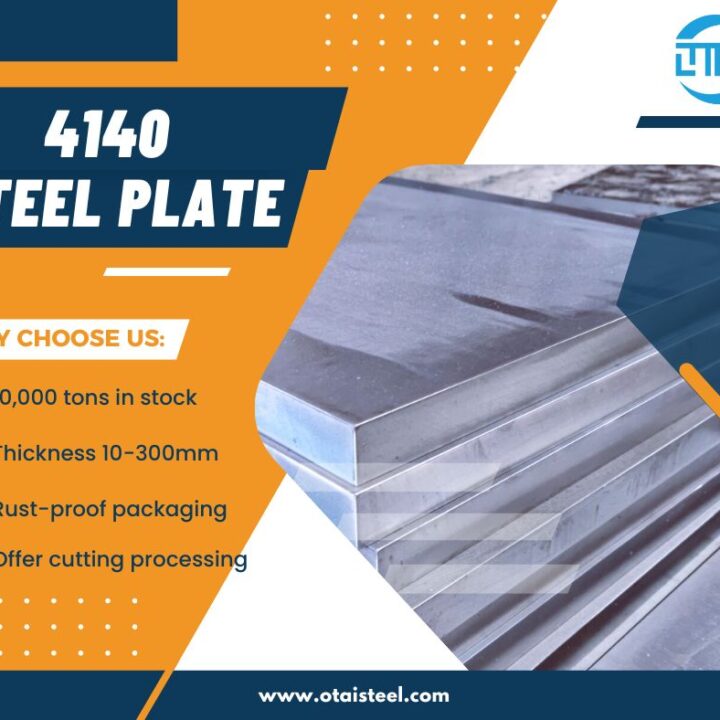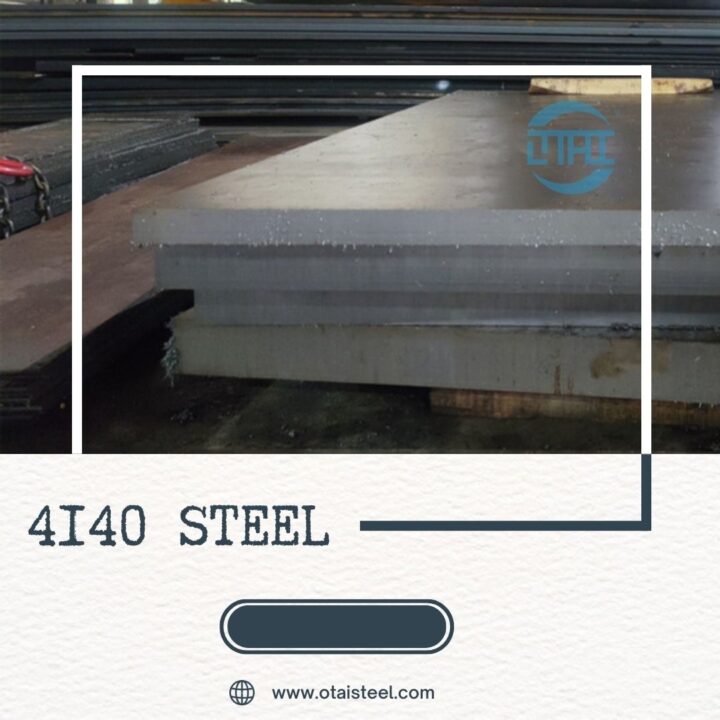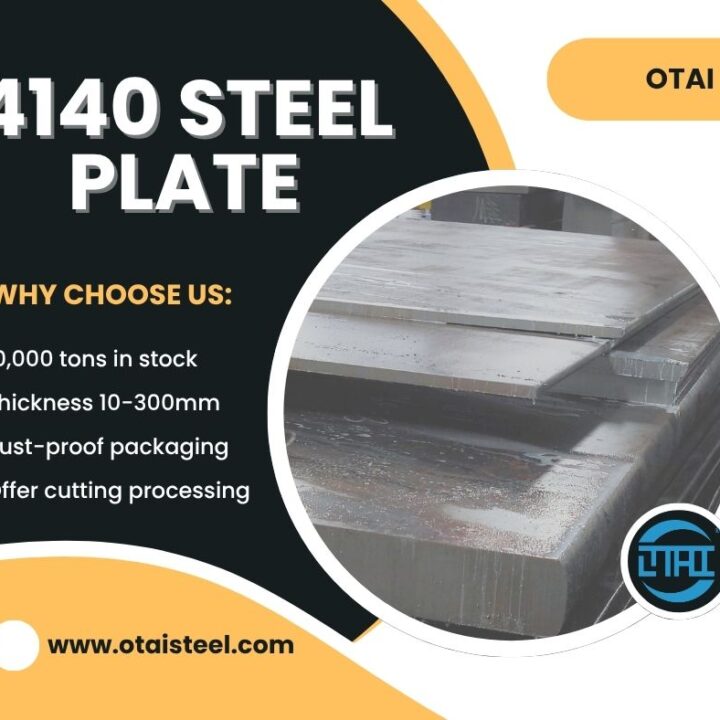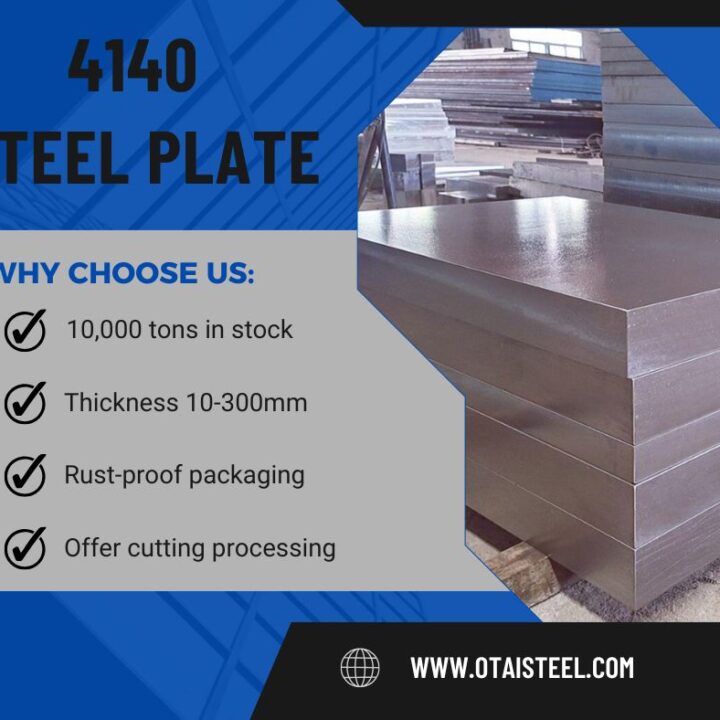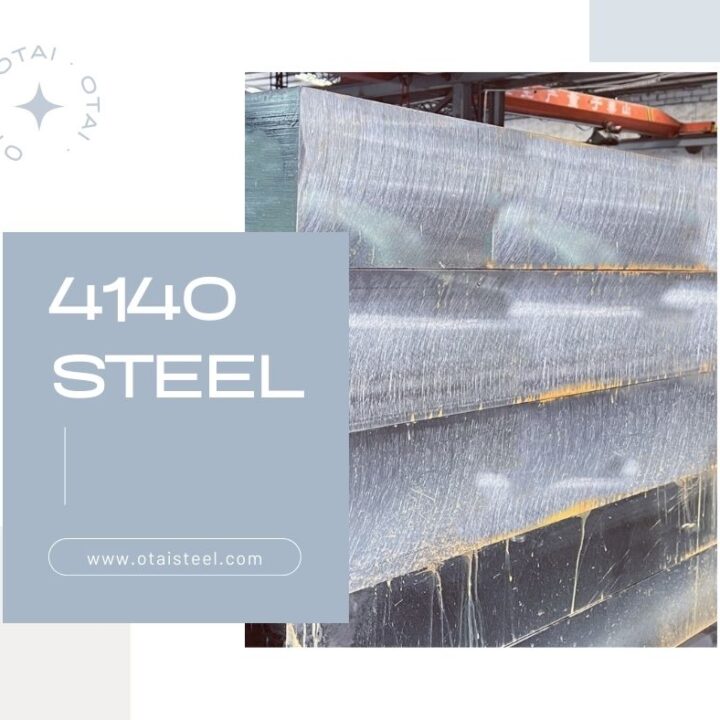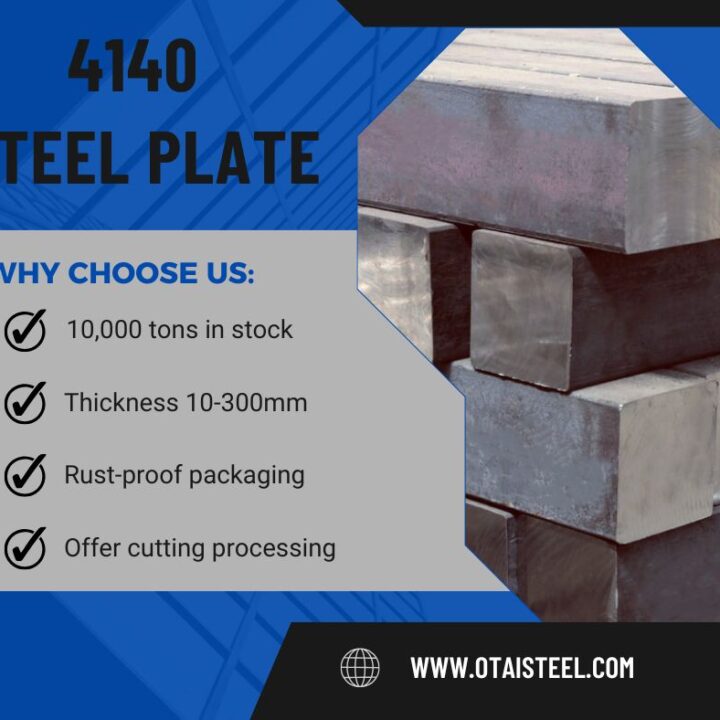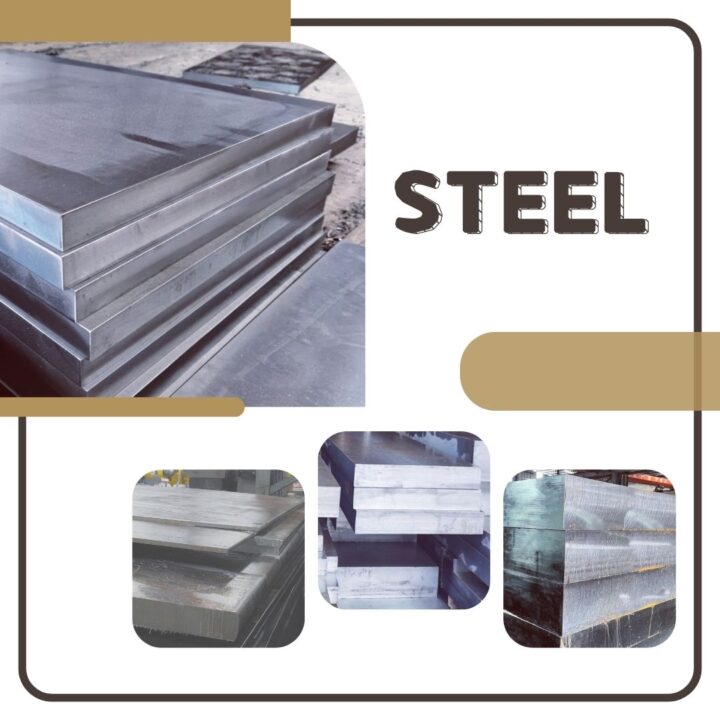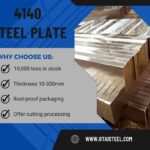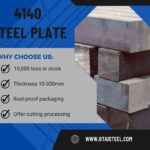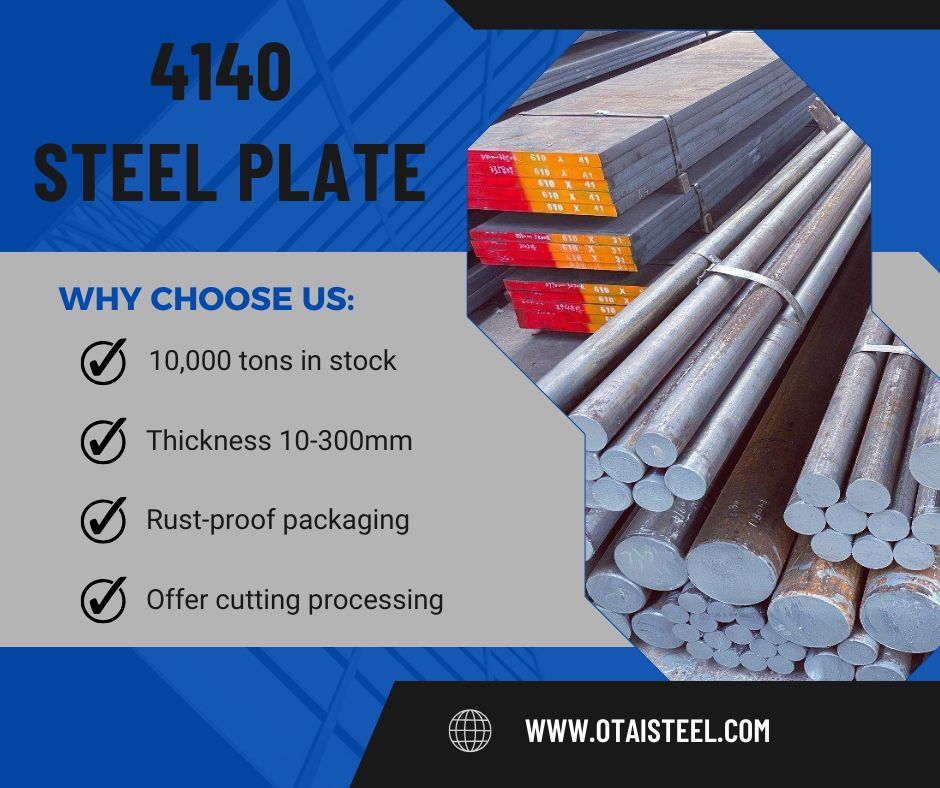 When it comes to 4140 steel heat treatment, getting it right is crucial. Whether you’re producing heavy-duty shafts, automotive parts, or industrial machinery components, the heat treatment process directly impacts your steel’s strength, hardness, and durability.
When it comes to 4140 steel heat treatment, getting it right is crucial. Whether you’re producing heavy-duty shafts, automotive parts, or industrial machinery components, the heat treatment process directly impacts your steel’s strength, hardness, and durability.
If you want to avoid costly rework or part failures, this guide will walk you through the key stages, temperatures, and real-world tips — all backed by industry experience.
🔍 What Is 4140 Steel Heat Treatment?
4140 steel heat treatment involves controlled heating and cooling cycles that change the steel’s internal structure, improving mechanical properties like hardness, tensile strength, and toughness.
Why heat treat?
-
To increase strength for demanding applications
-
To improve wear resistance and fatigue life
-
To optimize machinability during manufacturing
The main heat treatment steps are:
-
Annealing – soften steel for machining or forming
-
Normalizing – refine grain structure and improve toughness
-
Quenching and tempering (Q&T) – harden the steel and then reduce brittleness
-
Stress relieving – reduce residual stresses from welding or machining
🔥 Step 1: Annealing 4140 Steel for Machining Ease
When raw 4140 steel arrives, it’s often too hard to machine or bend easily. Annealing softens it by heating to around 840–860°C (1550–1580°F) and cooling slowly, often inside the furnace.
-
Annealed 4140 hardness drops to about 180 HB (Brinell), making it much easier to cut or bend.
-
This treatment promotes a fine pearlite and ferrite microstructure, improving ductility.
🔧 Step 2: Normalizing for Uniform Grain and Toughness
Normalizing involves heating slightly above annealing temperatures (~870–920°C) and then air cooling.
-
Results in a more uniform grain size and slightly higher hardness (~220 HB)
-
Often used before further heat treatment to reduce internal stresses
⚡ Step 3: Quenching and Tempering — The Core Strength Process
Quenching and tempering (Q&T) is the gold standard for 4140 steel’s final performance.
-
Quenching: Heat to 845–870°C, then rapidly cool in oil or water to produce hard but brittle martensite.
-
Tempering: Reheat quenched steel to 400–650°C to reduce brittleness and enhance toughness.
| Tempering Temp (°C) | Hardness (HRC) | Typical Uses |
|---|---|---|
| 400 | 40–45 | Heavy-duty shafts, gears |
| 500 | 32–38 | General structural parts |
| 600 | 28–32 | Parts requiring machinability |
⚠️ Important: Choosing the right tempering temperature balances hardness and toughness—too low, and steel is brittle; too high, and you lose strength.
🧪 Heat Treatment Cycles & Times
Precise heat treatment cycles for 4140 steel vary by part size and application. Here’s a typical example:
| Process | Temp (°C) | Soak Time | Cooling |
|---|---|---|---|
| Austenitize | 845–870 | 30–60 min per inch thick | Oil or water quench |
| Temper | 400–650 | 1–2 hours | Air cool |
Larger parts need longer soak times to ensure even temperature distribution.
⚙️ Real-World Impact: Properties After Heat Treatment
| Property | Annealed | Normalized | Q&T (450°C temper) |
|---|---|---|---|
| Tensile Strength | ~655 MPa | ~760 MPa | 850–1000 MPa |
| Yield Strength | ~415 MPa | ~620 MPa | 655–830 MPa |
| Hardness (HRC) | 15–18 | 18–22 | 32–40 |
| Elongation (%) | ~25% | ~22% | 20% |
| Impact Toughness | Moderate | Good | High |
🛠️ Practical Tips for Your 4140 Heat Treatment Success
-
Use oil quenching over water for thicker parts to reduce cracking risk.
-
For complex or welded components, consider stress relief annealing at 600°C for 1-2 hours.
-
Always perform hardness and microstructure tests post-treatment to ensure quality.
-
If machinability is a priority, anneal first, then do final Q&T after machining.
-
Avoid overheating during tempering—maintain precise temperature control.
🌎 Why Choose Otai Steel for 4140 Heat Treatment?
We don’t just supply steel—we provide solutions:
- Over 10,000 tons of 4140 steel stock from 6mm to 300mm thickness
- Customized annealed, normalized, or Q&T conditions per your needs
- Precision cutting, grinding, and surface treatment services (nitriding, black oxide)
- Full testing reports: chemical composition, hardness, UT inspection
- Trusted by global leaders like Thyssenkrupp, Borealis, Schlumberger
- Fast global shipping and expert consultation
❓ FAQs — 4140 Steel Heat Treatment
Q1: What temperature should I anneal 4140 steel?
Typically 840–860°C, slow furnace cooling.
Q2: How hard is 4140 after quench and temper?
Usually between 28–40 HRC depending on tempering temperature.
Q3: Can I heat treat 4140 steel myself?
With proper equipment and process control, yes—but it’s recommended to use professional services.
Q4: What’s the difference between normalizing and annealing 4140?
Annealing softens the steel more with slow cooling; normalizing refines grain structure with air cooling.
Q5: Does heat treatment affect corrosion resistance?
No significant effect; 4140 is not stainless, so consider coatings or plating for corrosion protection.
📩 Need help choosing the right 4140 steel heat treatment process for your project?
Get expert advice and fast quotes anytime:
📧 jack@otaisteel.com
📱 WhatsApp: +8676923190193
